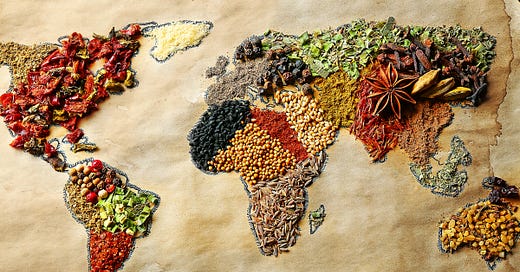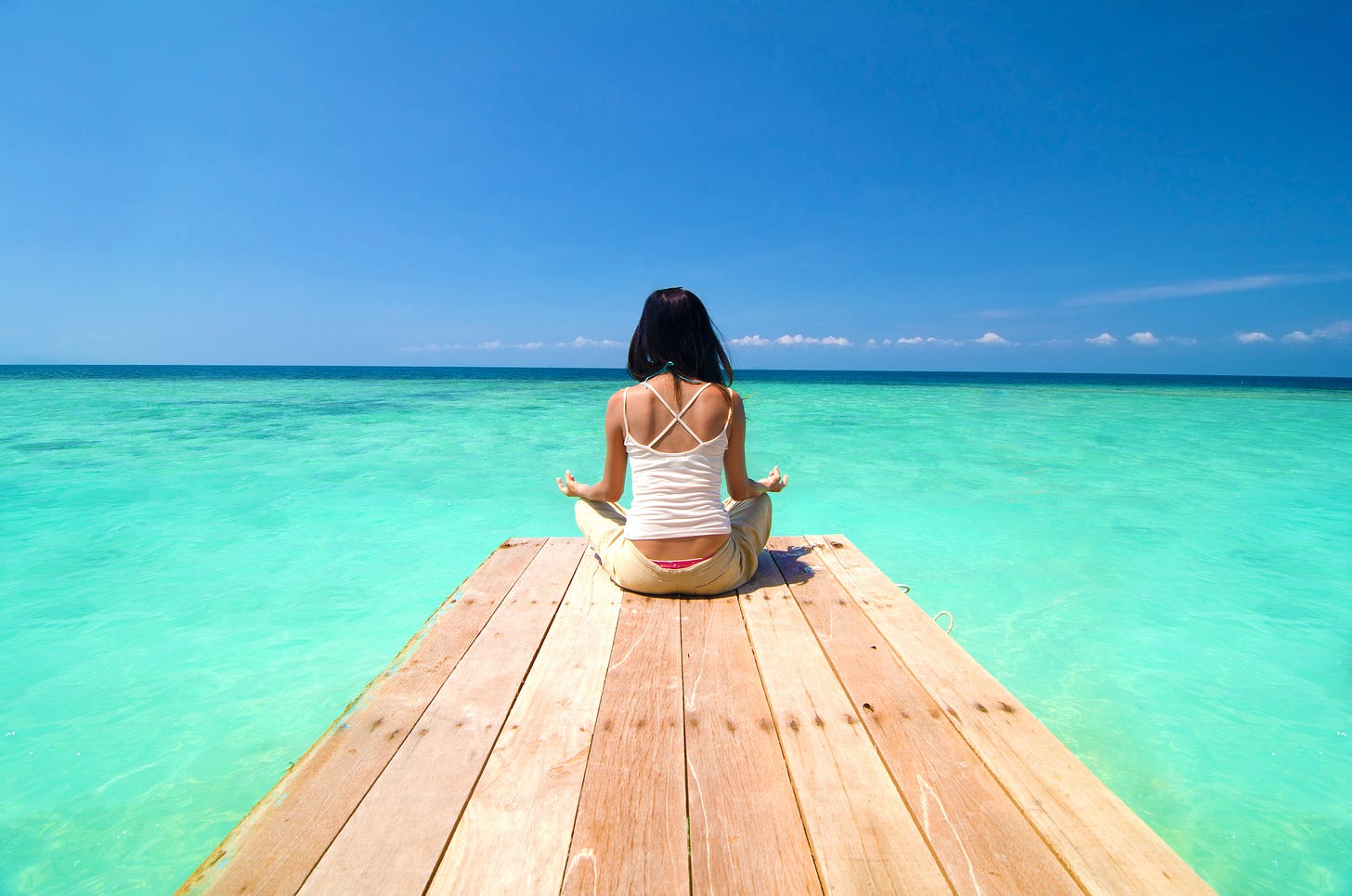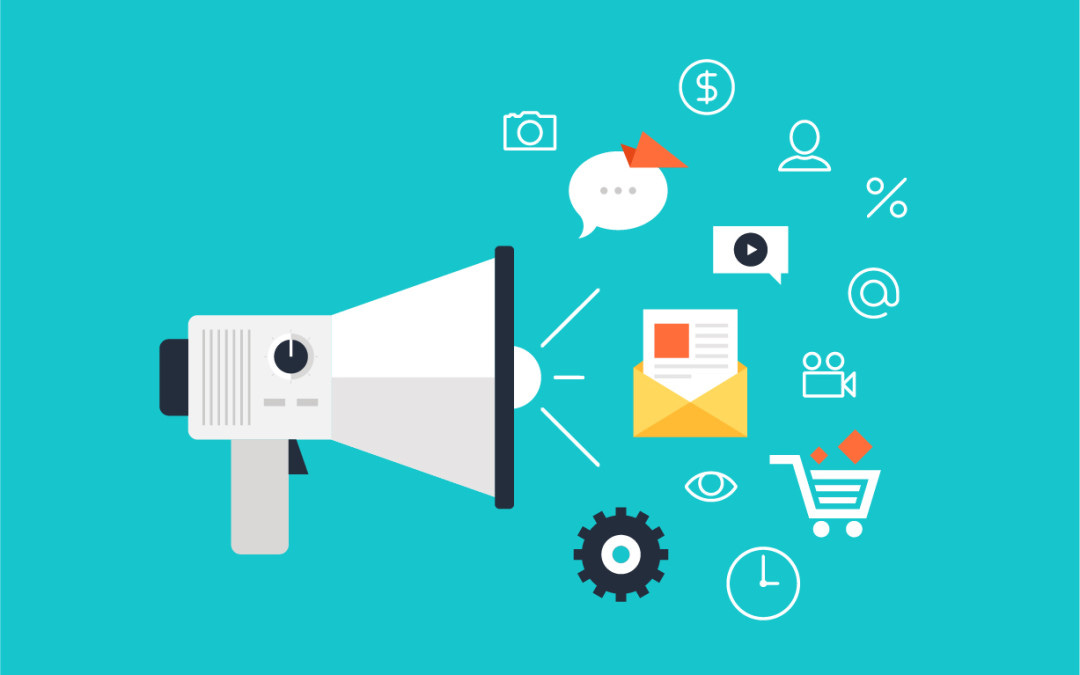Whole Health Newsletter - March 2022
Original writing, news, and information on spirituality, wellness, and healthy food - with a sprinkling of personal perspective
Welcome to Issue #2 of Whole Health with Diane Hatz, a newsletter focused on spirituality, wellness and healthy food, with a sprinkling of personal opinions and writing. I’m still figuring out the best way to publish the newsletter, so thank you for being a founding reader.
Right now, I’m publishing one full newsletter a month with links to in-depth articles, recommendations, opinion pieces, etc. At the start of each newsletter, you’ll find a rundown of all content in “A Quick One”. This way, you can click into the Whole Health site right away, or you can scroll through the newsletter to find explanations of the articles, as well as recommendations and resources. I hope you’ll bookmark this and come back time and time again.
On occasion, I’ll also post an article, possibly two, at the bottom of the newsletter so you don’t have to worry about clicking. I’m not sure which is most convenient, so if you’re inclined, please let me know what works best with you.
Thanks for being part of the Whole Health community - I look forward to growing together. PS - there’s a lot in here so click on “view entire message” if the newsletter is clipped by your email provider!
(Click on the links below to go directly to the website or scroll down to read intro paragraphs.)
Welcome to Whole Health with Diane Hatz - an explanation about the website and newsletter
I Stand With Ukraine - I’m over 90% Ukrainian and have never been prouder of my heritage
Celebrate World Water Day - Fun facts about water and tips on how to conserve this precious resource. Scroll down also for a handy infographic.
What is Healthy Food (part 1) - in case you missed it, an intro to a series about healthy food.
Substack Talk with Chevanne and Diane - a conversation about our writing and experiences on Substack. (Only through the link here.) Our next talk is scheduled for March 21st at 6pm est / 4pm mst on Clubhouse. Join us!
From Our Friends (below)
Press and Media (below)
Sidenotes (below)
With Gratitude (below)
Infographic (below)
Welcome to Whole Health with Diane Hatz
An explanation of the Whole Health newsletter and various sections on the website to make it easier for you to see what we’re about and how to find the information you want to read or listen to.
I Stand With Ukraine
I am so proud to stand with Ukraine. My grandparents and great-grandparents came from there and the surrounding areas. I'm over 90% Ukrainian(ish). (It's really complicated because of wars, land switching hands and countries being re-drawn over the years.)
I was told that after my grandparents arrived, they refused to speak about the "old country" because they were no longer there, so I don't know a lot of my history. I was told that was quite common with people from that region.
What I do know is that 2.2 million Ukrainians were captured and forced into slavery in Germany during WWII, and over 5-1/2 million were slaughtered by Hitler and his armies. More Ukrainians were lost in WWII than from any other country. Millions starved before that in a famine, and grief and strife has haunted that region for many hundreds of years.
Visit Whole Health to continue…
Celebrate World Water Day
In honor of World Water Day on March 22nd, let’s celebrate water. Did you know you can live for weeks without food, yet you’ll die within days without water? It makes up 60% of our bodies (90% of our blood!) and is critical for all life on earth.
Water is made up of three molecules - two of hydrogen and one of oxygen. It’s found in liquid, gas (as vapor), and solid forms. It shifts shape. It’s odorless, tasteless, and nearly transparent. It has no nutritional value. Yet all life, including ours, would die without it.
Oceans make up 97% of water on the planet, which means that the water we need to survive, freshwater, is only 3% of all the water available. And of that freshwater, two-thirds is frozen in ice. All that to say - water is a scarce, valuable, necessary resource!
Learn fun facts and ways you can conserve water by finishing the article on the Whole Health site!
What is Healthy Food (part 1)
(In case you missed it….)
Because healthy food is a core focus of the Whole Health newsletter, I feel it’s essential to break down what it is and why it’s important. It’s more confusing than you might think, so this is Whole Health’s (meaning, my…) explanation.
A generally agreed-upon definition of healthy food is that it provides the necessary nutrients to sustain one’s well-being and provide optimal energy.
Healthy food is also a whole food. It’s unprocessed, which means it doesn’t come from a box or the frozen food, packaged dinner aisle. In my opinion, there are some exceptions, which I’ll get to in a future post, but, for now, healthy food is a whole food.
Find out what other components make up healthy food. This is part one in the Healthy Food Series that Diane is writing.
Meditation
It’s simple. Just breathe.
I’ve meditated on and off for over twenty-five years. Theoretically, it’s not hard to do, yet I struggled with it for most of those years. And I mean, really struggled. I even gave up at one point because I felt I wasn’t doing it right.
After a lot of reading, searching, and studying, I’ve come to realize how simple the practice of meditation is, and how most of us do it regularly, whether we know it or not.
So, what is meditation; why is it important; and what can you do to start or deepen a practice? In case you missed this article when it was first posted, read on….
(Articles by writers aligned with the WH mission that I think you’ll enjoy.)
The Future of Farming is in Crisis - Here’s What’s Being Done to Safeguard our Food System
By Barry Estabrook, published in Eating Well
Barry is one of the top writers on food and farming - check out his book Tomatoland for some in-depth reporting on tomatoes. I guarantee you, you’ll never look at them the same way again. This article talks about the aging of farmers (average age is 60) and how young people are not coming to this kind of work in enough numbers - and what’s being done.
A not so appetizing report on weed killer in our food
By Carey Gillam, UnSpun
Carey is a veteran journalist and fellow Substacker who focuses on food, ag and the environment. She’s an expert in the workings of Monsanto (now part of Bayer) and shares news from The Detox Project about the amount of the controversial chemical glyphosate in our food, including baby cereal.
Glyphosate is used on genetically engineered plants and is also sprayed on many crops right before harvest to help them dry quicker. It’s also the active ingredient found in the common weedkiller RoundUp, which many people spray on their lawns. Don’t do that please. Read to find out more.
*** Diane Hatz's "Whole Health" Newsletter Addresses Body, Mind, and Spirit to Address Our Best Lives
Many thanks to Christine Wolf for the interview in her Substack “Writers on Writing”.
*** “Change Food Founder: Everyone has the right to healthy food”
Get Forward, a community creating a global movement connecting people, cultures, entrepreneurs, and businesses with long-term mindsets, interviewed Diane in 2021 when her nonprofit was still active.
In order to help alleviate my overwhelm, I’m consolidating. I’ve deleted the Whole Healthy Group Twitter account and am now only using @dianehatz. Please feel free to follow Whole Health there!
Substack has just come out with an app reader to make it easier for you to read all the great newsletters they publish. Unfortunately, it’s only for Apple devices currently, but you can sign up at the same link to be notified when the Android version is ready.
Thanks for being part of the Whole Health community. If you have any suggestions, thoughts, or ideas, please get in touch any time by just hitting reply to this email. If you like what you read, feel free to share the newsletter.
Take good care - and see you next month!

























